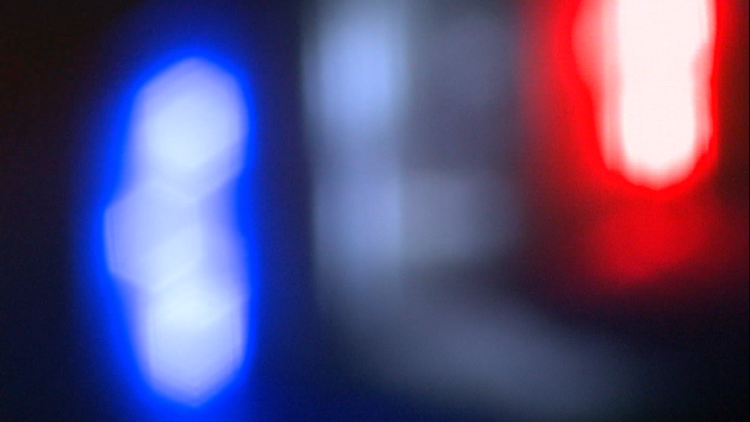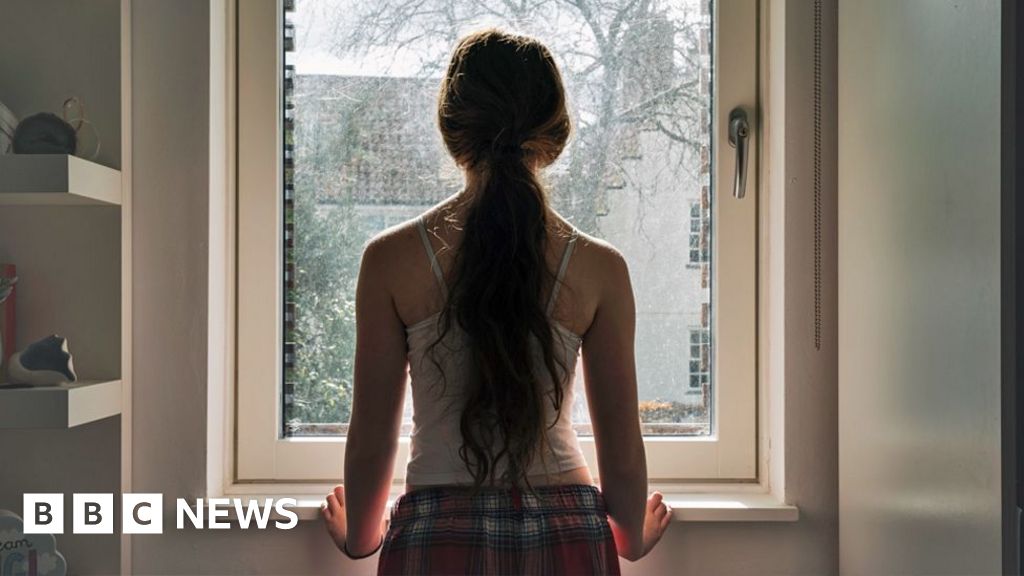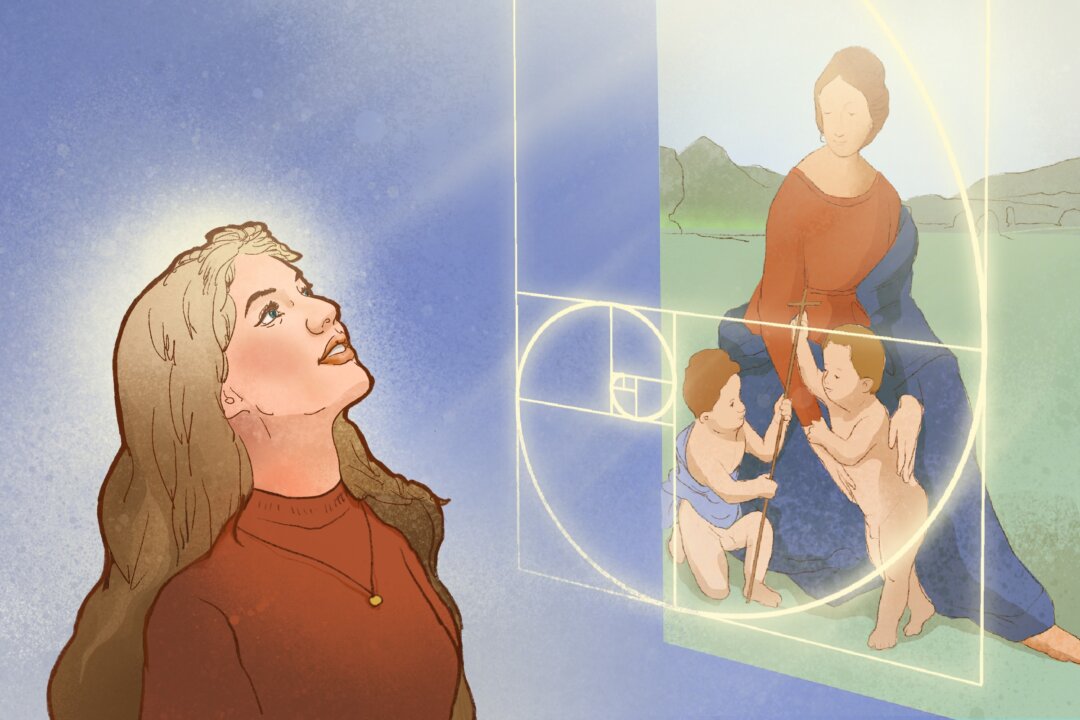Over a decade back, doctors at the Ear, Nose and Throat (ENT) Department in the Postgraduate Institute of Medical Education and Research (PGIMER), Chandigarh, were baffled to discover hearing loss in 20-year-old patients. These were not cases of temporary damage or infection, but young patients showing symptoms of old age. Around the same time, the then head of the ENT Department, Prof Naresh Panda, met Dr Sabyasachi Rakshit, a biophysicist at the Indian Institute of Science Education and Research (IISER), Mohali, who had recently returned after his postdoctoral stint in the US.
Dr Panda shared the riddle, urging him to look deeper. A cue from Prof Panda set Dr Sabyasachi on a path of exploration. “Dr Panda had identified certain genetic mutations in proteins related to hearing among the affected patients and suspected their association with the disease.

He guided us in using Progressive Hearing Loss (PHL) as a model for studying Age-Related Hearing Loss (ARHL),” he says. From there on, it took several years for Dr Sabyasachi and his team to solve the riddle, but the hard work paid off, with the discoveries getting published in Nature Communications, a peer-reviewed, open access, scientific journal. “There were relentless challenges throughout.
Preparing proteins and creating in-vitro conditions alone took more than three years. However, I remained focused as the goal was bigger than the hurdles,” says Dr Sabyasachi, who got fascinated with the science of hearing as he watched doctors testing his newborn’s ears for otoacoustic emissions — whispers from within the inner ear itself. The DBT/Wellcome Trust India Alliance contributed Rs 3.
5 crore for the study, along with Rs 80 lakh from the Science and Engineering Research Board, besides generous help from IISER for setting up the laboratory equipment. How hearing works There are microscopic protein structures called tip-links deep inside our ears; these play a crucial role in hearing. These tip-links act as gatekeepers for the tiny ion channels in our ear cells.
When sound waves reach them, these stretch the tip-links, which then open the ion channels. This allows ions to flow, changing the cell’s charge and sending electrical signals to the brain, and letting us perceive the sound. Even the buzz of a mosquito creates just enough force (10 picoNewtons) to trigger the system, explains Dr Sabyasachi.
However, what will be the impact of, say, a high-decibel show of singer Diljit Dosanjh on these tip-links, or of the roar of the city’s traffic at peak hour, or a mother’s shrieking call waking you up in the morning? Giving an analogy of the problem at hand, Dr Sabyasachi says, “You can open the door with a thread, which will let the process of hearing reach the brain. But what will happen if you ask the elephant to open the door? It can remove the door rightaway, causing serious and permanent damage. This is what can happen with constant exposure to loud sound or headphones.
” Something similar had happened with the youngsters who reported hearing loss at PGIMER. The breakthrough Dr Sabyasachi and his students — Pritam Saha (biology); Vishavdeep Vashisht (physics); Ojas Singh, Gaurav Bhati and Surbhi Garg (chemistry); and Dr Amin Sagar (ex-postdoctoral student) — built a special device called magnetic tweezers in their lab, but on a tight budget, especially during the difficult pandemic years. This tool allowed them to create intermittent beep sounds of various intensities that tip-links experience and study their behaviour under repeated stress.
In their first breakthrough (Nature Communications, 2024), the team discovered that tip-links behave like “smart seat belts”. These safely allow sound forces to reach our hearing cells but can also absorb stronger, potentially damaging forces. “However, if the sound is too loud, the tip-links temporarily disengage — like seat belts unbuckling in extreme situations — to protect our hearing cells from permanent damage,” says Dr Sabyasachi.
The second breakthrough (Nature Communications, 2025) revealed what happens over time with repeated exposure to loud music or noise. “The tip-links lose their force-filtering ability, which could explain how age-related hearing loss develops. The repetitive inputs of loud sound induced fatigue in the tip-links, making them more prone to unfolding and losing their critical force-filtering function.
Studying this was no easy task, given the time ARHL takes to occur naturally,” says Dr Sabyasachi. After examining mutations linked to PHL, Pritam Saha, a doctoral researcher and part of Dr Sabyasachi’s team, said, “We have found that even small genetic mutations can alter how these proteins fold and unfold under force, leading to hearing problems.” What’s next The IISER team wants to push the boundaries even further.
Its goal? To translate songs into mechanical signals that can speak directly to the tip-link proteins, communicating with them in their biomechanical language to better understand their response to music and sound stimuli. As Dr Sabyasachi puts it, this line of research brings them one step closer to understanding the intricate dance between sound and biology, and perhaps, one day, to develop ways to slow or even prevent hearing loss altogether. What inner ear feels The study explains how the protein Cadherin-23, which is involved in hearing, changes shape when it is pulled or stretched by a physical force — like the forces your inner ear feels when you hear sound — and explains why some people lose their hearing faster than others.
Alarming rate The silent pandemic of hearing loss has been rising, and according to the World Health Organisation (WHO), it is estimated that by 2050, over 700 million people — or 1 in every 10 persons — will be affected by it. Decoding the science The breakthrough explains how human beings lose hearing ability over time, thus simplifying the sound-biology interaction. If the protein, important for sensing sound vibrations, can’t handle stress, it breaks down, leading to hearing loss.
The findings explain that how well a protein handles mechanical stress might also be a result of evolution, depending on the environment where a creature lives..
Health

When young develop old-age hear loss symptoms
Over a decade back, doctors at the Ear, Nose and Throat (ENT) Department in the Postgraduate Institute of Medical Education and Research (PGIMER), Chandigarh, were baffled to discover hearing loss in 20-year-old patients. These were not cases of temporary damage or infection, but young patients showing symptoms of old age. Around the same time, the [...]















